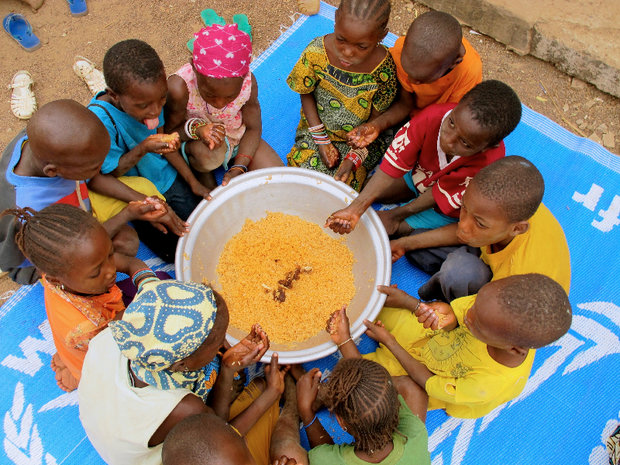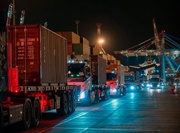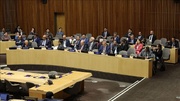According to a press release published by the FAO Representation in the Islamic Republic of Iran, the Global Report on Food Crises 2017 report, whose compilation required integrating several measurement methodologies, represents a new and politically innovative collaboration between the European Union and USAID/FEWSNET, regional food security institutions together with UN agencies including the Food and Agriculture Organization, the World Food Programme and UNICEF.
The dramatic increase reflects the trouble people have in producing and accessing food due to conflict, record-high food prices in local markets in affected countries and extreme weather conditions such drought and erratic rainfall caused by El Niño.
Civil conflict is the driving factor in nine of the 10 worst humanitarian crises, underscoring the strong linkage between peace and food security, says the Global Report on Food Crises 2017 report.
This year, the demand for humanitarian and resilience building assistance will further escalate as four countries are at risk of famine: South Sudan, Somalia, Yemen and northeast Nigeria.
The 108 million people reported to be facing severe food insecurity in 2016 represent those suffering from higher-than-usual acute malnutrition and a broad lack of minimally adequate food even with external assistance. This includes households that can cope with their minimum food needs only by depleting seeds, livestock and agricultural assets needed to produce food in the future.
Without robust and sustained action, people struggling with severe food insecurity risk slipping into an even worse situation and eventual starvation.
MNA/PR

























Your Comment